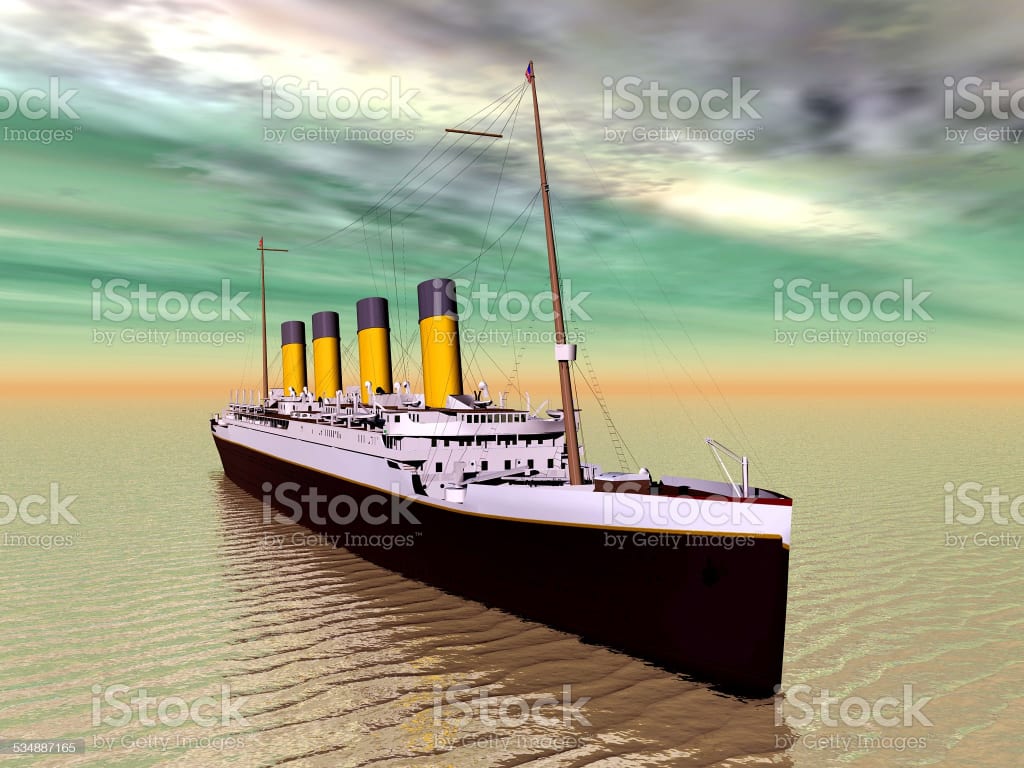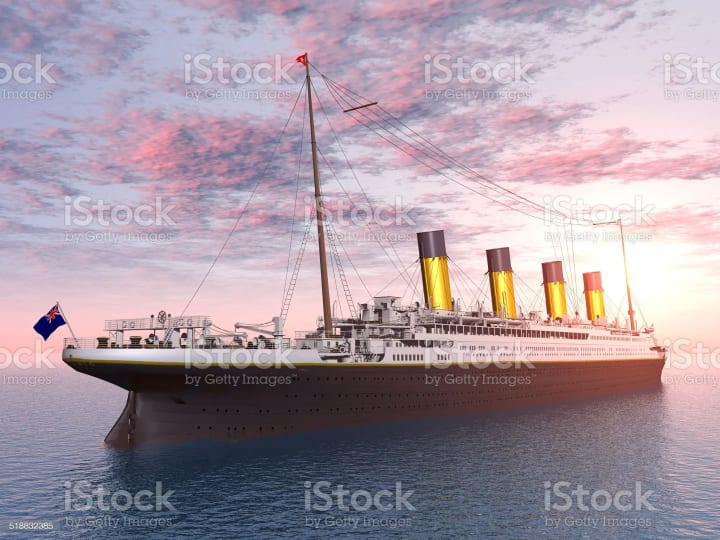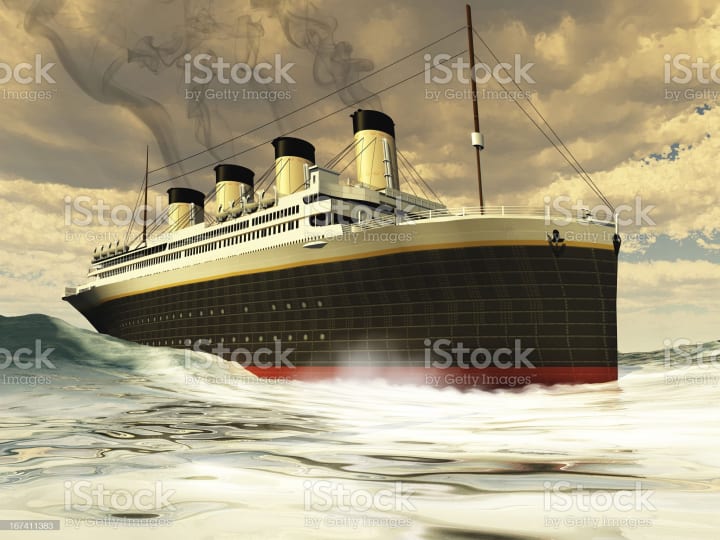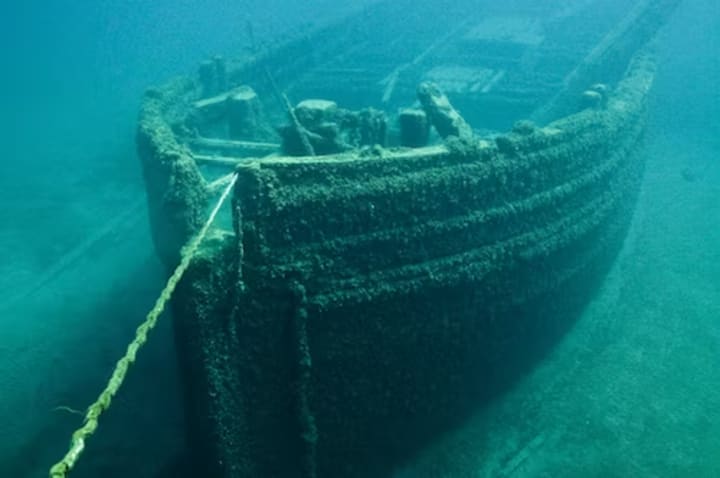
The Titanic is a famous and tragic tale that has captivated the world for over a century. The RMS Titanic was a British passenger liner that sank on its maiden voyage from Southampton, England to New York City on April 15, 1912. It was considered the largest and most luxurious ship of its time, touted as "unsinkable" due to its advanced engineering and safety features. However, fate had other plans for the magnificent vessel.
The Titanic was designed by the renowned naval architect Thomas Andrews and built by the shipbuilding company Harland and Wolff in Belfast, Northern Ireland. Construction began in 1909, and the ship was completed in 1912. he Titanic was constructed using approximately 3 million rivets and had a total length of about 882 feet and a height of 175 feet from keel to the top of the funnels. It weighed around 46,328 tons .It boasted numerous amenities and luxuries, including a swimming pool, gymnasium, libraries, and opulent first-class accommodations. The ship was divided into three classes: first, second, and third, with the first-class passengers enjoying the most extravagant facilities.The Titanic had a capacity to accommodate around 3,300 people, including passengers and crew members. However, on its maiden voyage, it carried 2,224 people—1,316 passengers and 908 crew members.
On April 10, 1912, the Titanic embarked on its maiden voyage, carrying 2,224 passengers and crew members.he first-class passengers enjoyed luxurious amenities such as a grand staircase, a squash court, a Turkish bath, and sumptuous dining salons. Second-class passengers had comfortable accommodations and access to a smoking room and library. Third-class passengers, though less opulent, still had reasonably comfortable quarters. The ship made stops at Cherbourg, France, and Queenstown (now Cobh), Ireland, before setting off across the Atlantic Ocean. However, tragedy struck on the night of April 14, 1912, when the Titanic collided with an iceberg in the North Atlantic.

The iceberg tore a series of large holes in the ship's starboard side, compromising its watertight compartments. As a result, water began flooding into the ship. Despite the crew's efforts to save the Titanic, the ship's fate was sealed. It gradually sank in the early hours of April 15, 1912, taking with it more than 1,500 lives.
The sinking of the Titanic remains one of the deadliest peacetime maritime disasters in history. The loss of life was primarily due to a lack of lifeboats, as the ship carried only enough to accommodate about half of its total passengers and crew. This tragedy highlighted the need for improved safety regulations and procedures in the maritime industry, leading to significant changes in maritime safety laws.
The sinking of the Titanic also captured the public's imagination and has been the subject of countless books, documentaries, and films. Numerous theories, controversies, and debates have arisen over the years, ranging from the ship's speed to the adequacy of the lookout and the handling of the disaster.

In recent years, several expeditions have been conducted to explore the wreckage of the Titanic, lying about 3,800 meters (12,500 feet) below the surface of the North Atlantic. These expeditions have provided valuable insights into the ship's condition and have allowed for the recovery of various artifacts, further fueling public interest in the Titanic's story.
The Titanic's legacy endures as a symbol of human ambition, hubris, and the delicate balance between technological advancement and the forces of nature. It serves as a reminder of the fragility of life and the profound impact that disasters can have on society. The story of the Titanic continues to captivate and resonate with people around the world, ensuring that its place in history will never be forgotten.

About the Creator
Enjoyed the story? Support the Creator.
Subscribe for free to receive all their stories in your feed. You could also pledge your support or give them a one-off tip, letting them know you appreciate their work.





Comments
There are no comments for this story
Be the first to respond and start the conversation.